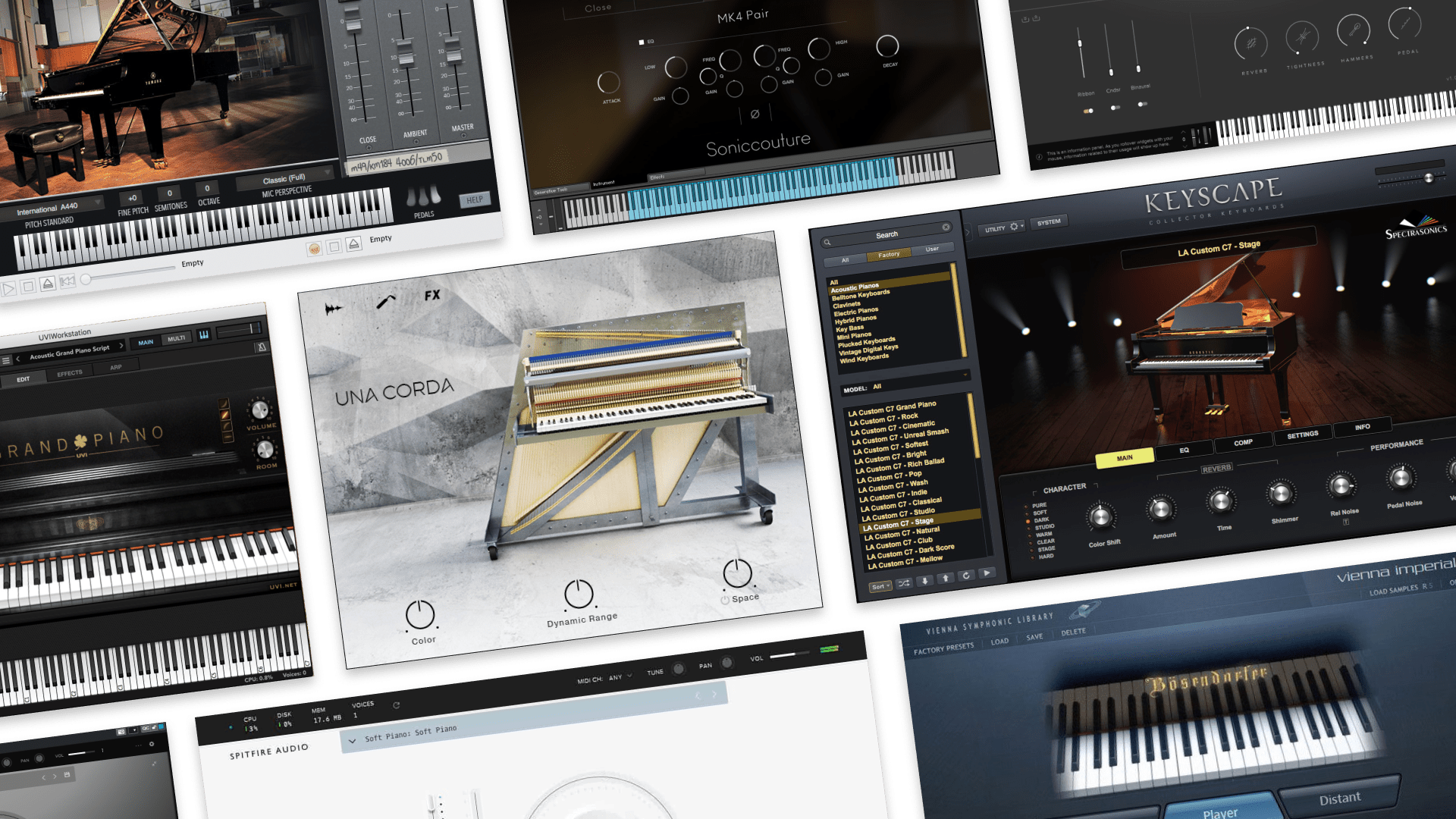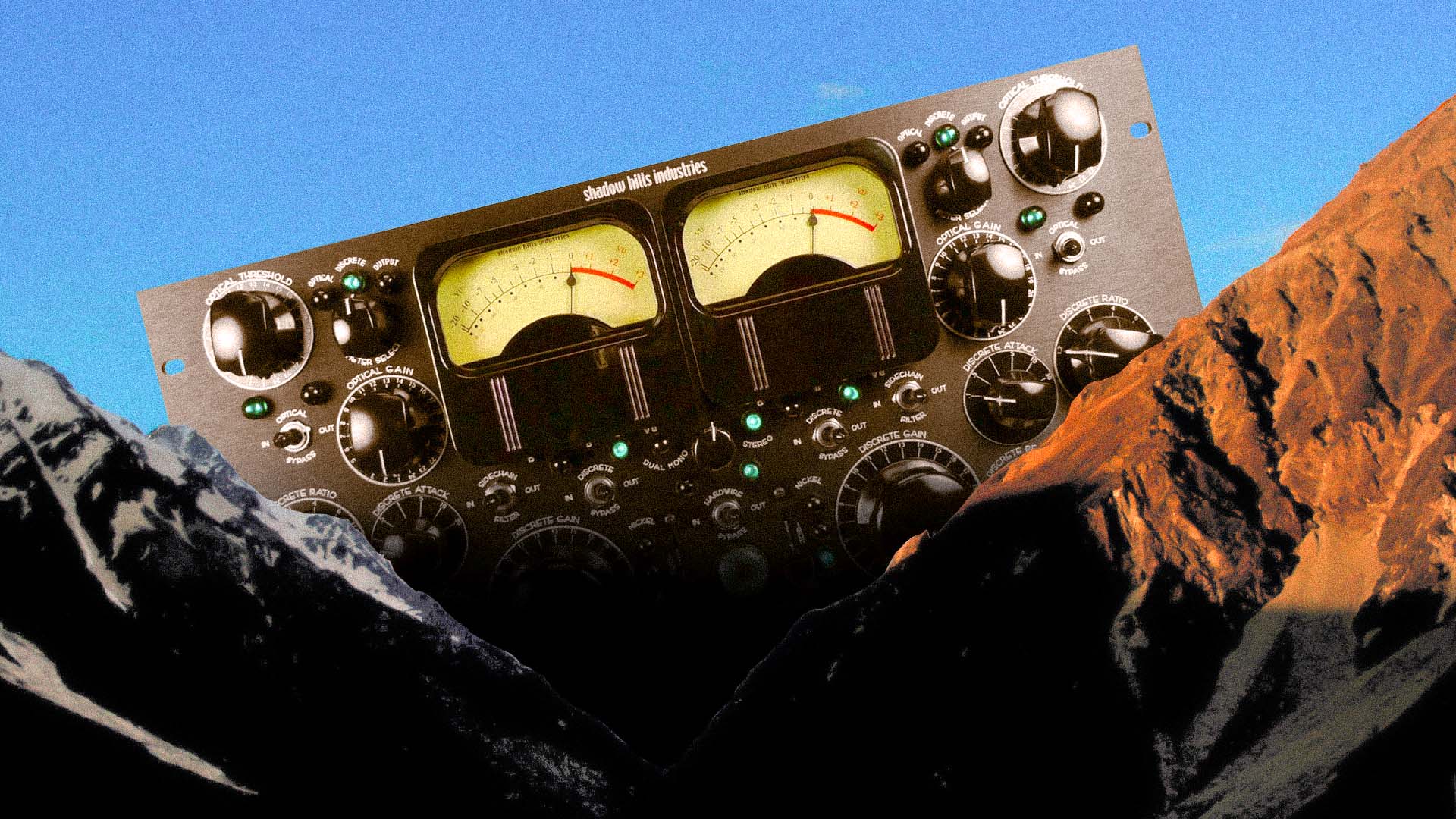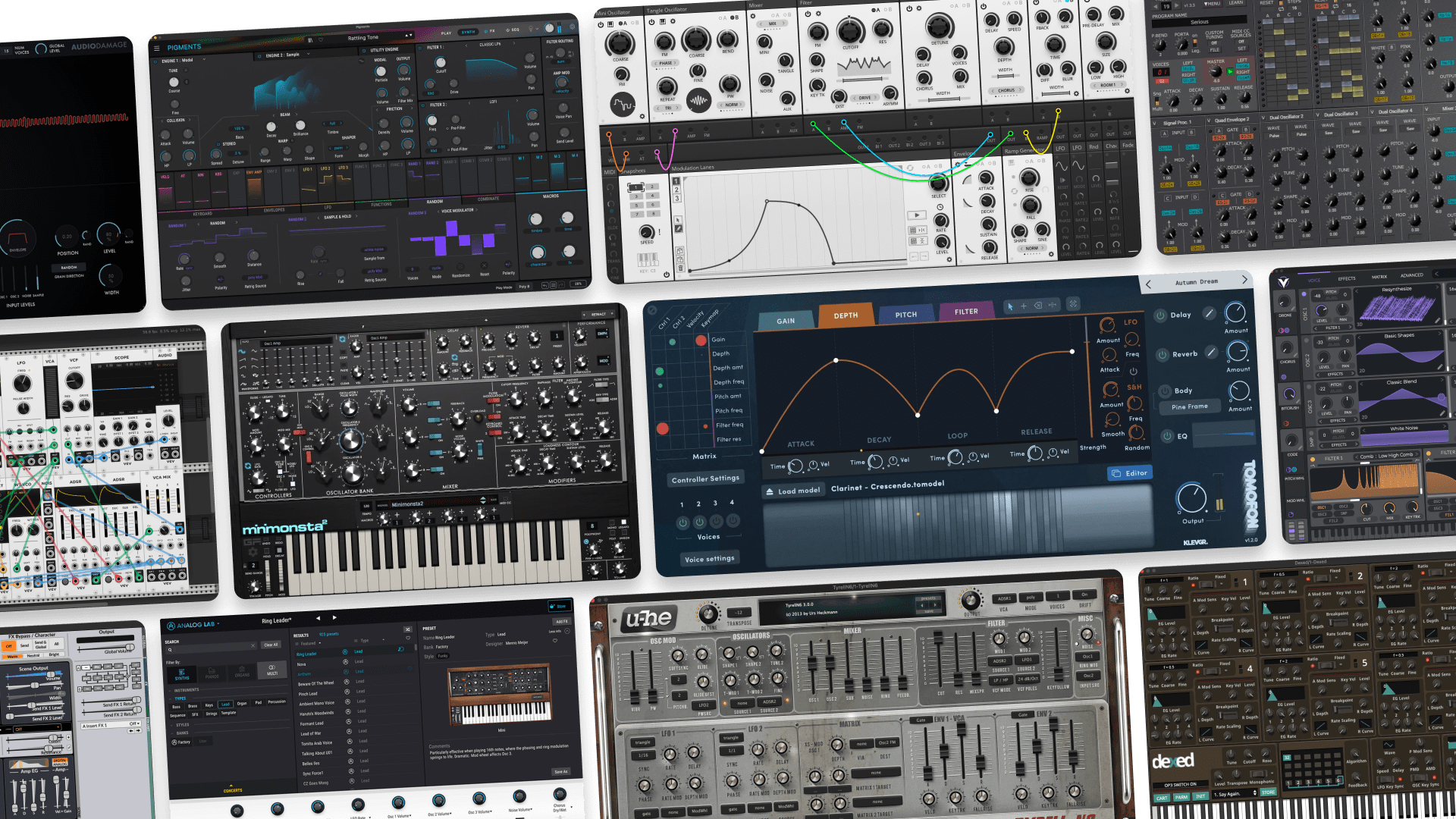
Mastering Chain: 7 Stages That Shape Your Master

Mastering is a complex process in music production that includes different operations that affect your sound.
In fact, a typical mastering chain consists of multiple processor types that each play a role. Whether you hire a mastering engineer or use instant AI mastering online, the process includes similar elements that are important to know.
LANDR’s industry-leading AI mastering tool uses a smart mastering chain that’s built on years of AI research.
In this article I’ll explain each stage of a typical mastering chain and unpack the effect it has on your results.
Let’s get started.
1. Pre-mastering
Mastering is the final production touch your music will get before release.
That means it’s the last chance to address any issues that might have slipped through your last checks on the mix.
If there are any imperfections left in the stereo audio file, the mastering engineer can use audio restoration techniques to help diminish their effect.
I’m talking about clicks, pops or other types of artifacts that might become more noticeable after mastering.
While it’s possible to address these problems during the mastering process, it’s always better to submit your finished files without any issues of this kind.
After this step, the mastering engineer might make changes to the level of the file or use subtle automation to balance out sections.
Once again, if your mix has good headroom and dynamics to start, they likely won’t have to bother with this. That’s a good thing—less is often more when it comes to mastering!
If you want to learn more about the pre-mastering process, head over to our detailed guide on the subject.
2. Mastering EQ
When it comes to EQ, the goal in mastering is to subtly correct any issues that stand out and bring out the best in the song.
In a typical mastering chain, engineers use equalization in several key points in the signal flow.
For example, It’s common to add a high-pass filter to keep ultra-low frequencies from straining the listener’s speakers.
High-pass filtering also prevents excessive low end from triggering dynamics processors like compression and limiting.
On top of that, EQ is used to sculpt the overall frequency balance of the mix, as well as tailor the response of other processors in the chain.
When it comes to EQ, the goal in mastering is to subtly correct any issues that stand out and bring out the best in the song.
3. Mastering compression
Compression is another key component of any mastering chain.
It’s the main tool engineers use to control the character of the mix’s dynamics. If you’re not familiar with dynamics in music, head over to our guide to get the full explainer.
But if you just need the short version, dynamic range means the difference between the loudest and quietest moments in a signal.
Good masters maintain a delicate balance between headroom, loudness, dynamics and transients.
Compressors allow engineers to manage these factors and enhance the mix with punch, definition and control.
Many mastering engineers use multiband compression in place of traditional mix compressors for even more precise dynamics control.
This type of compressor can have different characteristics for different frequency bands, giving the engineer the ability to sculpt each range in detail.
4. Mastering limiters
A limiter is just a compressor with a very high ratio, typically ∞:1. It means that no signal is allowed to exceed the level where the threshold is set in dB.
Limiters are used in mastering to ensure that the finished audio file will never cause clipping on a listener’s system.
Limiters are used in mastering to ensure that the finished audio file will never cause clipping on a listener’s system.
They’re also used to bring up the level of the mix to a volume that’s suitable for the release medium.
By setting the ceiling for the loudest peaks in the mix, engineers can increase quieter parts of the mix until the dynamic range is just right.
5. Stereo enhancement
Good stereo image is an essential quality in a strong master.
Several techniques are used during the mastering process to enhance the spatial qualities of the mix.
These range from subtle stereo expansion to control of stereo information in the low frequencies.
Stereo processing in the mastering chain is much subtler than the stereo widening techniques used during the mix.
In fact, you’ll almost never find traditional stereo wideners or modulation effects used in mastering. If you want to learn more, here’s a simple guide to good stereo imaging.
6. Consoles, meters, monitors and more
Every engineer’s mastering chain is different.
Besides the basic elements I covered above, it’s common to see mastering setups that include specially built consoles, elaborate metering hardware or even 2-track tape machines.
And while high-end mastering studios usually prefer expensive outboard gear, there are many software mastering tools made specifically for the job.
But if there’s one thing all mastering houses have in common, it’s a set of incredible monitor speakers in an acoustically treated room.
In fact, the listening environment where the engineer does their work is the most important factor in any mastering setup.
The listening environment where the engineer does their work is the most important factor in any mastering setup.
In addition to that, mastering engineers typically use a mastering DAW that includes special features for working with finished files.
7. Dither
The mastering process includes every operation needed to prepare a stereo audio file for release. For digital formats like CD or streaming, that includes a step called dither.
Dithering means introducing noise to the signal at a very low level below the audible range. It’s done to improve the accuracy of sample rate and bit depth conversion.
If you want to know more about how dither works and why it’s important, head over to our in-depth guide.
Dithering occurs in the software domain before export, so this last step in the chain is applied in the DAW.
Unchained melody
While mastering and mixing include many of the same processor types, the role they play in each is different.
Understanding a typical mastering chain will help you know what to expect as you go to mastering with your own music.
Whether you use a pro mastering engineer or an instant AI mastering service like LANDR, understanding the basics is key to getting the best results.
Gear guides, tips, tutorials, inspiration and more—delivered weekly.
Keep up with the LANDR Blog.



